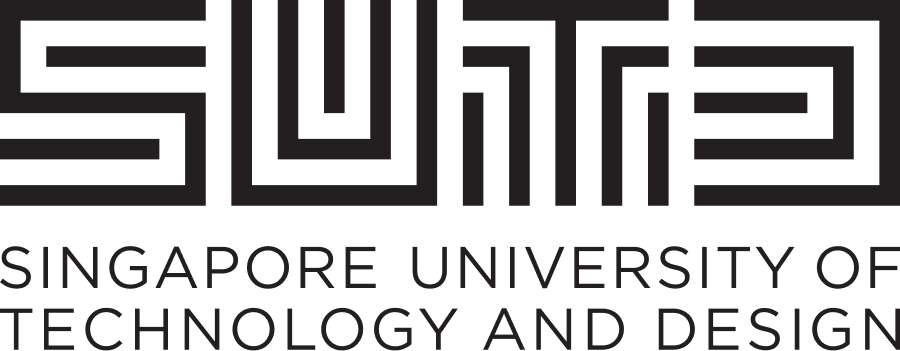Programme outline
Learning objectives
Day 1: Introduction to Blockchain and the Global Regulatory Environment
- Overview of course objectives, structure, and learning outcomes
- Introduction to Blockchain Technology and Distributed Ledge Technology
- Summarise the evolution of blockchain technology and its significant contributions to decentralised systems.
- Identify key milestones in blockchain development, from its inception to modern innovations like DeFi and NFTs.
- Explain the components of blockchain and Distributed Ledger Technology (DLT), including blocks, chains, nodes, and consensus mechanisms.
- Demonstrate how blockchain works through examples of data verification, block addition, and ledger distribution.
- Classify the popular uses of blockchain across industries such as finance, supply chain, and healthcare.
- Understanding Risks in the Blockchain & Crypto Ecosystem
- Analyse the key drivers of blockchain asset pricing, such as market sentiment and adoption.
- Understand what crypto winters are and their impact.
- Compare the functionalities of major blockchain exchanges, platforms and cross-chain bridges and stablecoins, like Bitcoin, Ethereum, Binance Bridge and Terra, etc.
- Differentiate between blockchain asset types, including cryptocurrencies, stablecoins, non-fungible tokens (NFTs), tokenised asset, crypto wallets, stablecoins and central bank digital currencies (CBDCs), etc.
- The Global Regulatory Landscape
- Identify and describe the key international regulatory frameworks and standards bodies (e.g., FATF, EU MiCA, ISO, IEEE), and how these bodies govern blockchain and DLT developments, focusing on AML/CFT compliance, security, consumer protection and interoperability.
- Examine blockchain laws in major jurisdictions (US, EU, China/Hong Kong) and their impact on innovation and compliance.
- Evaluate the differences in regulatory approaches, such as the US SEC’s securities rules and EU’s MiCA framework.
- Activity 10 – US SEC’s securities rules vs. EU’s MiCA framework.
Day 2: Compliance Risk Management
- Singapore & MAS Laws and Regulations
- Identify key milestones in blockchain development, from its inception to modern innovations like DeFi and NFTs.
- Differentiate between digital payment tokens, e-money, and stablecoins under regulatory guidelines.
- Examine the legal status of crypto-assets and crypto-mining in Singapore’s context.
- Understand Singapore’s legal and regulatory framework – the specific laws and regulations such as the Payment Services Act (PSA) and FATF recommendations, etc.
- Regulatory Compliance Risk Management
- Learn and apply compliance risk management concepts.
- Conduct risk-based assessments, including inherent and residual risks.
- Develop and implement controls (e.g., preventive, detective) to manage compliance risks, and best practices.
- AML/CFT and Financial Crime Compliance
- Identify ML/TF risks associated with blockchain and cryptocurrency transactions risks.
- Learn customer due diligence (CDD), enhanced due diligence (EDD), and transaction monitoring techniques for crypto-related businesses.
- Understand FATF’s Travel Rule and its application to virtual assets.
- Use blockchain analytics tools for transaction tracking, wallet profiling, and monitoring high-risk activities.
- Analyse case studies (e.g., FTX collapse) to understand regulatory gaps and best practices.
Day 3: Practical Applications of Blockchain and Distributed Ledger Technology
- Uses of Blockchain & DLT, & Emerging New Technology Developments
- Explore real-world applications across various industries, including finance, supply chain, and healthcare.
- Assess the transformative potential of blockchain in creating decentralised and efficient systems.
- Examine Decentralized Autonomous Organizations (DAOs) as a governance model for blockchain ecosystems.
- Summative Immersive Scenarios: Practical Application
-
Analyse and discuss case studies to apply theoretical knowledge in solving real-world challenges.
-
Identify blockchain-based solutions to address specific problems in business or technology domains.
-
- Summary and Q&A
- Assessment
Mode of assessment
- Online Quiz – Multiple-Choice Questions (Including scenario-based questions)
Tags
